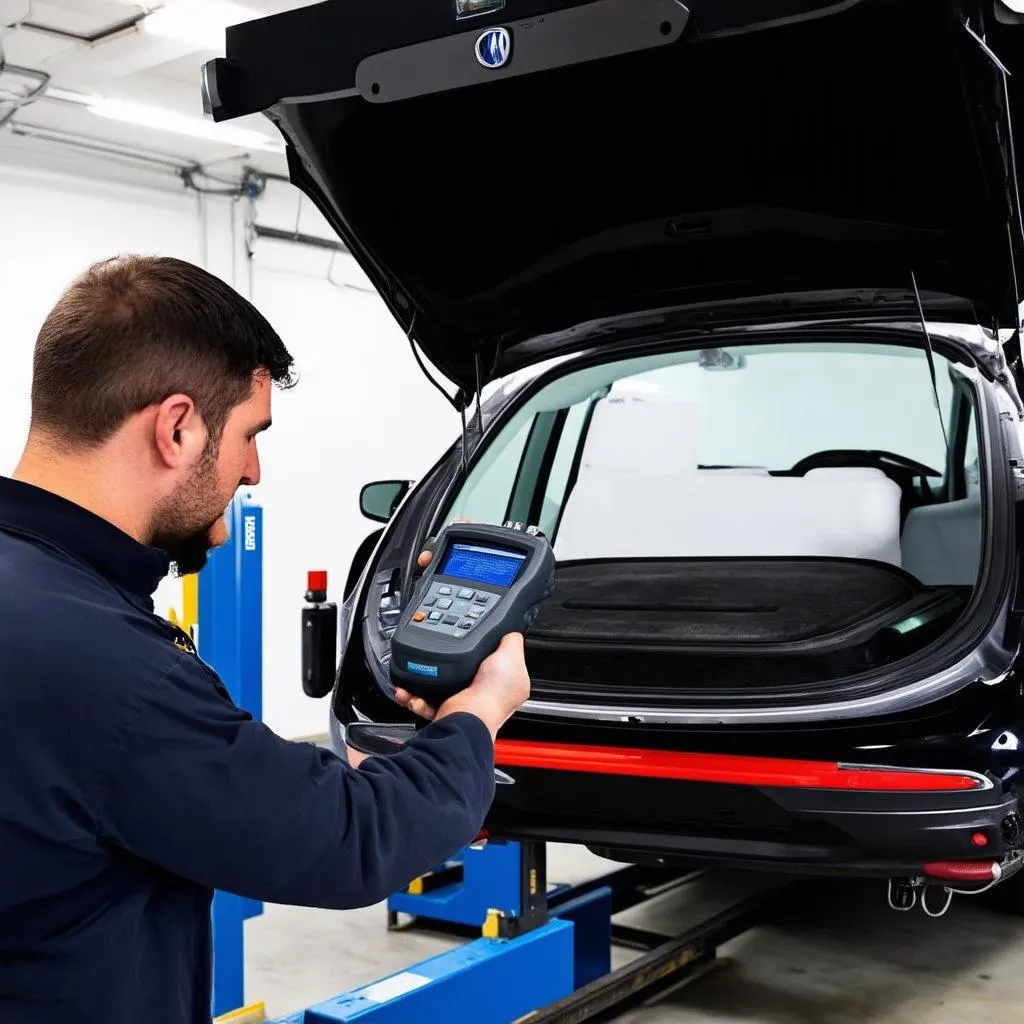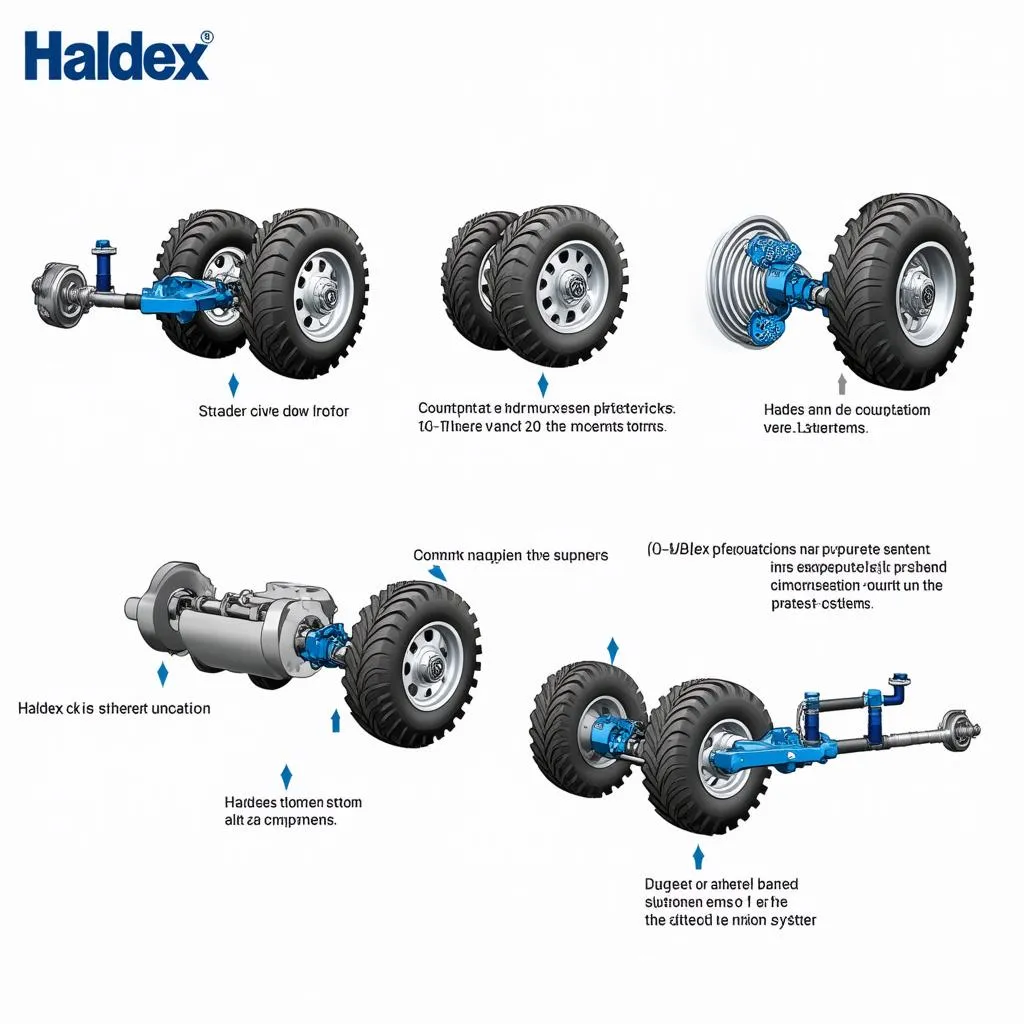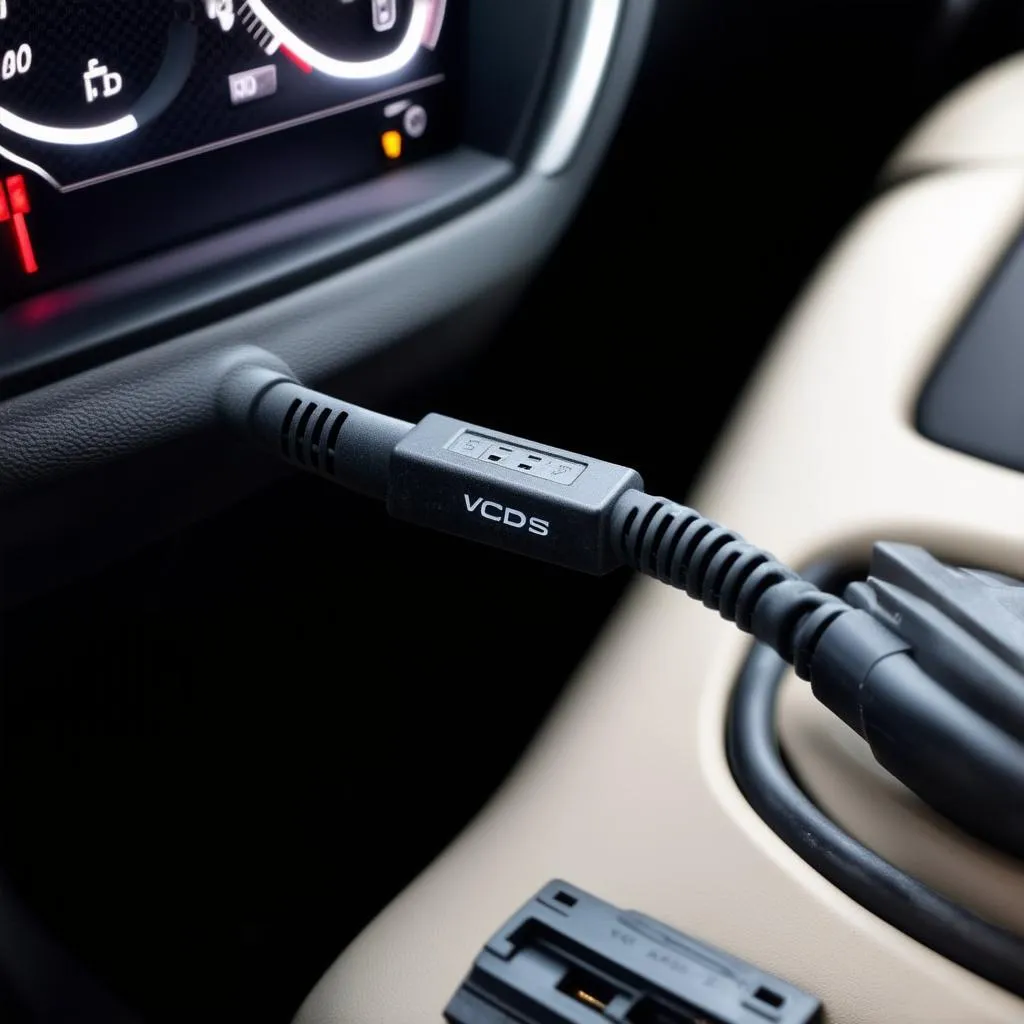VCDS, also known as VAG-COM, is a powerful diagnostic tool for Volkswagen Audi Group (VAG) vehicles. One of its many functions is the ability to interact with the Haldex system, a crucial component of many VAG all-wheel drive vehicles. But what exactly can you do with VCDS and Haldex, and why is it so important?
This comprehensive guide dives deep into the world of VCDS and Haldex, equipping you with the knowledge to understand, diagnose, and potentially fix issues related to your vehicle’s all-wheel drive system.
What is Haldex and Why Should I Care?
Many VAG vehicles utilize a Haldex system to provide all-wheel drive capability. Unlike traditional mechanical systems, Haldex uses a electronically controlled hydraulic coupling to engage the rear wheels when needed. This means your vehicle can seamlessly transition between front-wheel drive for fuel efficiency and all-wheel drive for enhanced traction and handling.
VCDS and Haldex: A Powerful Combination
VCDS acts as your window into the Haldex system, allowing you to:
- Read and Clear Fault Codes: Just like with your engine, the Haldex system generates fault codes when it detects a problem. VCDS can read these codes, giving you valuable insight into the issue.
- Run Output Tests: VCDS can activate individual components of the Haldex system, like the pump or the control valve. This allows you to isolate the source of a problem or verify that components are functioning correctly.
- Monitor Live Data: Want to see how much pressure the Haldex pump is generating in real-time? VCDS lets you view live data from various sensors within the system, providing valuable information for diagnosis.
- Perform Adaptations: After replacing certain Haldex components, like the control unit or pump, adaptations may be necessary. VCDS allows you to perform these adaptations, ensuring the system functions correctly.
Common VCDS Haldex Procedures
Here are some common scenarios where VCDS proves invaluable:
1. Haldex Pump Testing: Suspect a faulty Haldex pump? VCDS allows you to run an output test on the pump, verifying if it’s building pressure correctly.
2. Diagnosing AWD Engagement Issues: If your all-wheel drive seems sluggish or non-existent, VCDS can help pinpoint the problem. By reading fault codes, monitoring live data, and running output tests, you can narrow down the culprit, whether it’s a faulty sensor, a problematic control unit, or something else.
3. Haldex Fluid and Filter Change: Regular maintenance is key for any system, and Haldex is no exception. VCDS can help here too. Some users find it helpful to use VCDS to cycle the Haldex pump while changing the fluid to ensure the system is completely flushed.
 VCDS Haldex Scan
VCDS Haldex Scan
FAQs About VCDS and Haldex
Q: Do I need advanced mechanical skills to use VCDS with the Haldex system?
A: While VCDS offers advanced functionality, many procedures, like reading fault codes, are user-friendly. However, it’s crucial to have a solid understanding of the Haldex system before attempting any repairs or component replacements.
Q: Can I damage my car by using VCDS incorrectly?
A: While VCDS is generally safe, it’s essential to exercise caution. Incorrectly performing adaptations or running certain output tests for extended periods could potentially cause damage. Always double-check procedures and seek guidance if unsure.
Q: Where can I find reliable information about using VCDS with the Haldex system?
A: Reputable online forums dedicated to your vehicle brand, as well as resources like Cardiagtech, can offer valuable information and guides.
 Haldex System Diagram
Haldex System Diagram
Embrace the Power of VCDS and Haldex
VCDS, combined with the right knowledge, empowers you to take control of your vehicle’s Haldex system. Whether you’re troubleshooting an issue, performing routine maintenance, or simply seeking a deeper understanding of your car, VCDS is an invaluable tool for any VAG owner.
For more information on VCDS and other automotive diagnostic tools, browse CARDIAGTECH’s selection of products. Their expertise can help you find the perfect tool for your needs.


